This winter I had occasion to spend a few days in the city of Albuquerque, where it was cold, dry and brown. Winter in the Southwestern United States. Trees along the Rio Grande were bare; not too many trees elsewhere. Taking the taxi back home from the Los Angeles International Airport, fondly known as LAX, was almost a sensory overload, greenness everywhere in this Mediterranean climate: in median strips, in freeway interchanges, in cracks in sidewalks, along streets and in yards, feral weeds and selected plants. What irrigation and a benign climate can sustain is truly a wonder. Los Angeles has about 562 different tree species in the county, arguably one of the most biodiverse forests in the world, but virtually totally human created.
Such non-native tree diversity raises issues about what belongs, what doesn’t, and whether cities – almost entirely anthropogenic systems, including their urban vegetation – can be analyzed using conventional ecological science. I raise this as conventional ecosystem science has built in assumptions about processes that are derived from studying systems that evolved over a very long time. Are these assumptions adequate for anthropogenic ecosystems that are new? I don’t know, but surely worth some examination.
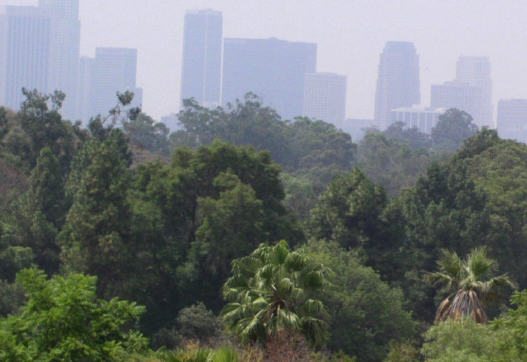
It is quite astonishing to drive around in L.A. and see what people have planted from around the world, from Australia, Latin America, Europe, Asia and North America. This riot of tree species, juxtaposed through human inspiration, raises provocative questions about concepts of biodiversity, conservation biology, and urban ecology. Is biodiversity a positive value in itself? If so, Los Angeles ranks very high on that index! Or is it indigenous biodiversity? In which case L.A. is far from the scrubby chaparral ecosystems and swamps that characterized its low lands, and the intermittent oak and black walnut forests of its alluvial fans. In this region, summer would be our equivalent of winter in the northern latitudes: plants shut down to survive rainless summers. Trees hug alluvial fans with accessible ground water, or the intermittent riparian corridors where water may have receded under ground. People chose to alter this native vegetation and landscape in the early Spanish colonial period, to introduce ceremonial and food bearing vegetation. As Anglo settlers came with their visions of Italy and Europe, with curiosity about plants in other parts of the world like Australia, Southern California was an excellent laboratory to experiment with new cultivars. Immigrants from east of the 100th meridian brought norms of landscaping, including lawns. Over a century and a half, the indigenous landscape was transformed to a lush, varied, and arguably seductive (but entirely new) set of plants and assemblages.
In LA, seasons be damned, lush green has been normalized as the quotidian landscape of the region. This is the new normal for Angelenos, and changing to something else will be difficult. It will be difficult because it takes time for expectations about normality to shift, and it will be difficult because there will have to be agreement about what the something else should be. Urban landscapes reflect history, culture and preferences – within the context of climate and geographical location. They are often far distant from the native ecosystems. Thus it is entirely legitimate to ask what kind of ecology is an urban one, as in cities, humans have came in, eradicated nearly all the native vegetation, transformed the soils and topography, and plunked a bunch of plants from around the world together because they liked them. Do these plant assemblages function in the same way as plant assemblages that evolved over millennia? Can the same tools be used to examine them?
Finally, there is the interesting development of ecosystem valuation. For cities this means developing metrics of the value of trees in cities for their carbon sequestration capacity, storm water mitigation, shading value to reduce the urban heat island and air pollution mitigation potential. For cities in the southwest – where there were no forests to begin with, and with urban trees from elsewhere – it will be important to balance these uncertain values with water requirements by trees. Again, the question of ecosystem science comes into play as much of the quantification of tree attributes in cities is based on average calculations of benefits from across the country. It all seems rather cobbled together in an effort to ensure that trees are planted in cities, rather than on careful examination of trees in situ. For I would argue, how well trees do in cities all depends – on soils, air pollution, watering regimes, pruning regimes, location and mostly on humans. Including the human element in urban ecology, still remains the frontier of research.
There is a temptation to naturalize urban systems, including their urban vegetation, but in the case of L.A. (and perhaps other cities too), perhaps we flip this on its head and humanize vegetation, asking why this type of planting, and how humans may impact its success. In the American Southwest, water is the key, and humans manage that asset. It will be a matter of choice whether the trees make it, versus lawns, or other values. Seasons will impact that choice only to the extent that summers become hotter and drier, or winters wetter and more violent. And that will depend on how the climate evolves, again a by-product of human decisions.

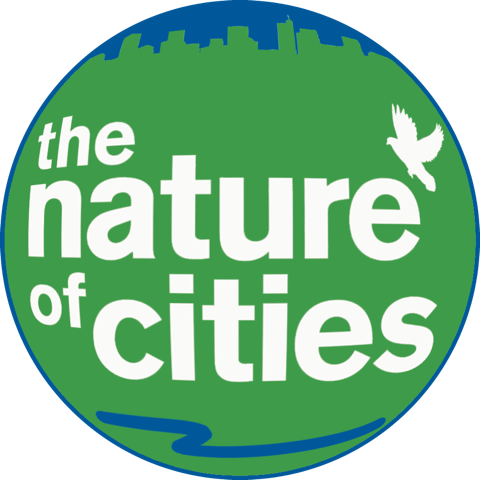
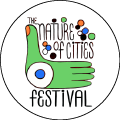
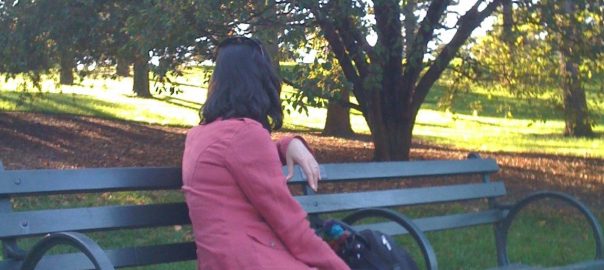
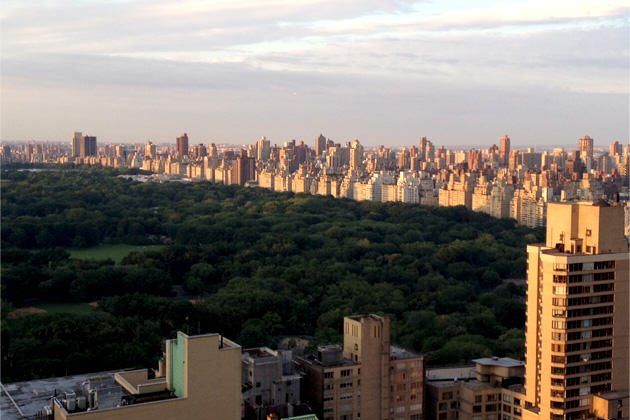
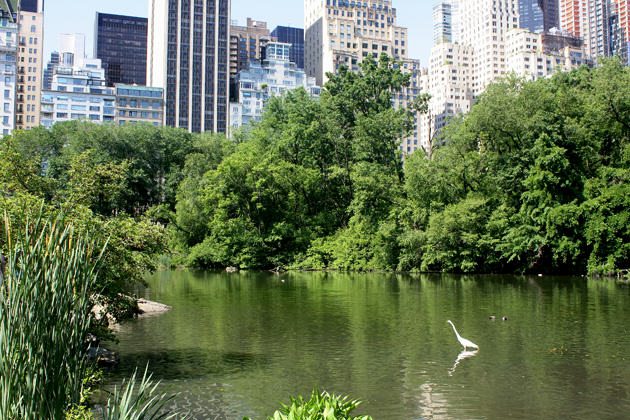
5 Comments
Join our conversation